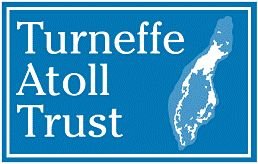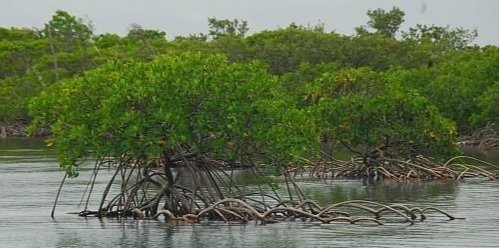Marine Protected Areas in Belize
The Case for modernizing MPA oversite
Marine Protected Areas (MPAs) are often perceived as strongholds of conservation—places where nature is preserved, ecosystems thrive, and human activity is carefully managed. But in Belize, that perception rarely matches reality. Despite voicing admirable commitments to marine protection, actual safeguards within its marine protected areas, including Turneffe Atoll, are often inadequate, incomplete, or narrowly focused on only one aspect of protection, while overlooking significant threats to critically important habitats.
RECENT ARTICLE by Andre Habet: Belize’s Marine Protected Areas (MPAs) Need Real Protection, Not Just Promises
What Are Marine Protected Areas Supposed to Do?
Marine reserves like Turneffe Atoll are designed to safeguard some of the most ecologically and economically valuable parts of Belize’s marine environment. In theory, they protect habitats, species, and ecosystem functions while also supporting sustainable fishing, tourism, and scientific research. Turneffe Atoll, Belize’s largest and most biodiverse atoll, is a global biodiversity hotspot with extensive coral reefs, seagrass beds and mangrove forests. Turneffe is home to 500 species, including the endangered hawksbill turtle and Nassau grouper, as well as 67 types of coral. Its designation as a marine reserve in 2012 marked a major conservation milestone.
Mangroves and the ecological services they provide are essential to MPAs
The Real Benefits: Ecology and Economy
When effectively managed, marine protected areas (MPAs) deliver tremendous ecological and economic value. Turneffe provides nursery grounds for commercial fish like snapper, grouper, lobster, and conch. Its mangroves and seagrass beds play a critical role in stabilizing shorelines, absorbing carbon, and protecting coastal communities — particularly Belize City from hurricanes.
Tourism is another major benefit. Turneffe attracts divers, snorkelers, researchers, and recreational fishers from around the world. Country-wide, flats fishing for catch-and-release species like permit, tarpon and bonefish generates over BZ$246 million annually. Altogether, tourism and fisheries at Turneffe contribute millions more to Belize’s economy and support thousands of jobs in guiding, hospitality, fuel supply, transportation, and more. These economic benefits are all directly related to maintaining healthy ecosystems.
Marine protected areas are also essential hubs for marine science. Institutions like the University of Belize’s Calabash Caye Field Station conduct important research on coral reef health, climate resilience and sustainable fisheries management,
Coral Reefs and their backreef flats are essential to MPSs
The Problem: What Marine Protected Areas Don’t Protect
Despite the term “protected,” most Marine Protected Areas in Belize don’t prohibit damaging activities like seabed dredging, overwater development, and mangrove deforestation. MPA zoning focuses solely on commercial fishery management while neglecting other important MPA functions. In fact, more than 95% of marine reserve areas fall under “General Use” or “Fisheries Management” zones, which allow ecologically harmful uses, including overwater development and dredging.
This regulatory gap opens the door to large-scale habitat destruction within so-called “protected” areas. Overwater development, dredging, and mangrove deforestation are still permitted, even when they directly harm fish habitats, destabilize coastlines, and degrade water quality. These threats undermine the very ecosystems that marine reserves are supposed to protect and jeopardize the livelihoods that depend on them.
The Way Forward
To fulfill the true promise of marine protected areas , Belize must go beyond fishery management and adopt a more holistic, habitat-focused approach. This means:
● Continuing to require EIAs for all developments within marine protected areas.
● Expanding MPA oversight to include expertise in tourism, marine science, carbon sequestration, habitat
protection and other pertinent areas, - not only commercial fishing management and enforcement
● Empowering MPA managers, not just permitting agencies, with real authority to influence environmental decisions
● Aligning Belize’s environmental protections and management with it global conservation commitments,
including its Blue Bond and World Heritage Site pledges.
● Expanding the “Preservation Zones” within MPAs where no damaging practices are allowed.
Restructuring Belize’s Marine Protected Areas
Turneffe Atoll has the potential to be a global model for sustainable ocean management. But that means honoring the term “protected” by ensuring strong management, vigorous enforcement and a commitment to the long term protection of essential habitats.


